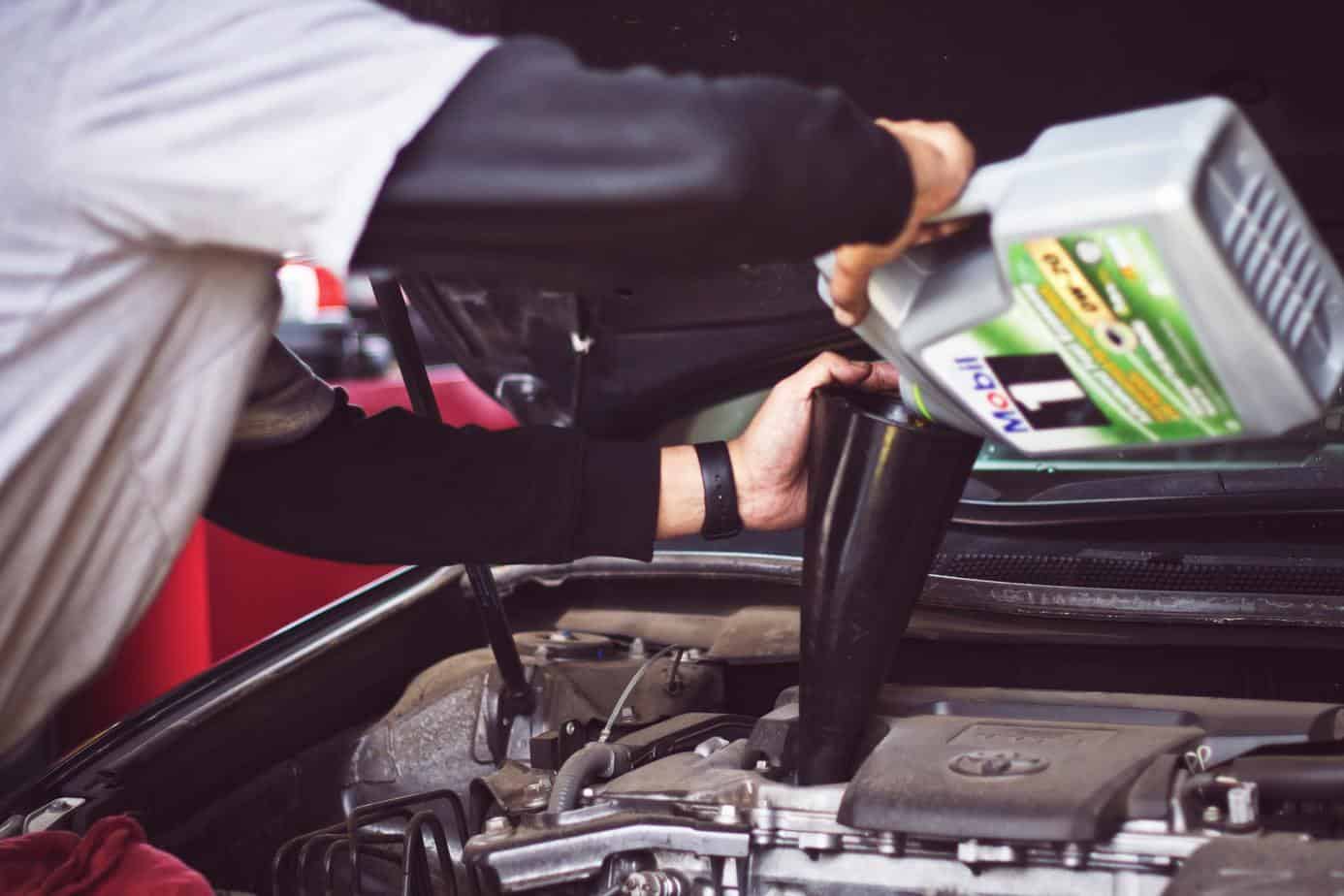
Everyone wants a long car journey to be, above all, safe and comfortable. This is only possible if we check a few important elements of the vehicle before driving. What should be kept in mind?
Before you set off on a journey lasting several hours, check the level of consumable fluids in your car. The most important of these is of course the engine oil, it should be in the normal range. It’s not the only one though, take a look at the cooling system fluid and top it up if it’s below the minimum limit. These days most coolants are miscible, which will make it easier to buy. Also check the power steering fluid and windshield washer fluid, the latter will come in handy if you’re traveling on the highway. Interestingly, windscreen washer fluid is the one most drivers forget about. There’s no denying, however, that it’s better to forget it than the brake fluid or engine oil.
Bad tread or obvious signs of damage to your tires can really affect your safety while driving. So always check your tyres before you drive. The first thing you should check is the tread, which should be at least 3 millimetres high. You can check whether this is the case by using special gauges. Check the entire tire carefully for any mechanical damage, and repeat the process on the other three tires.
Tire pressure is the most important thing to remember. This is very good, because after all, uneven pressure can lead, for example, to the car pulling to one side or its rocking on the road. If, on the other hand, there is not enough pressure in each of the tires, there is an increased chance that the tires will explode while driving. Most often on a sticker on the door or fuel filler cap you will find information about how much pressure should be in each tire. After that it’s time to add it with a compressor, which is available at practically every petrol station. Remember to check the pressure when the tires are cold, preferably 2 hours after the last ride.
Brakes consist of pads, discs and brake fluid. We have already checked the last one, now it is time for pads and discs. You can tell by looking if the pads are not worn down too much. Discs can also be easily checked at home. Just run it over their surface, if the edges are strongly felt, it means that the discs are to be replaced
Finally, check that all your lights are working properly. Pay attention to the indicators around the car, the stop lights, the reversing lights, the fog lights and the main headlights (dipped, daytime, high beam). The operation of the lights is not everything, also check their alignment, if you are not sure, drive to a diagnostic station.
By inspecting your vehicle for missing fluids, faulty lights, faulty brakes or bad tire pressure, you can catch many irregularities that could adversely affect your comfort and safety while traveling.
Main photo: Tim Mossholder/unsplash.com